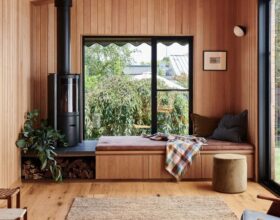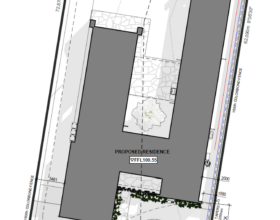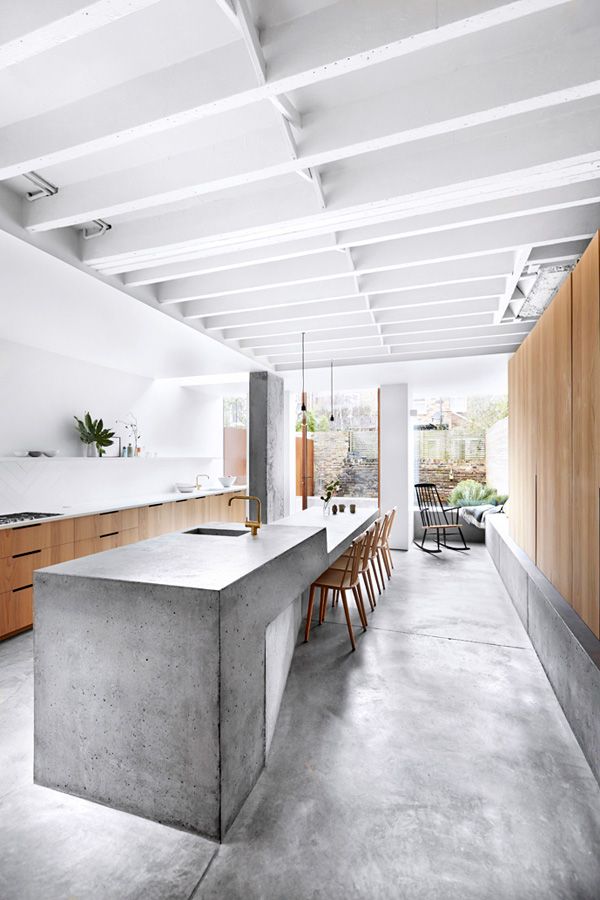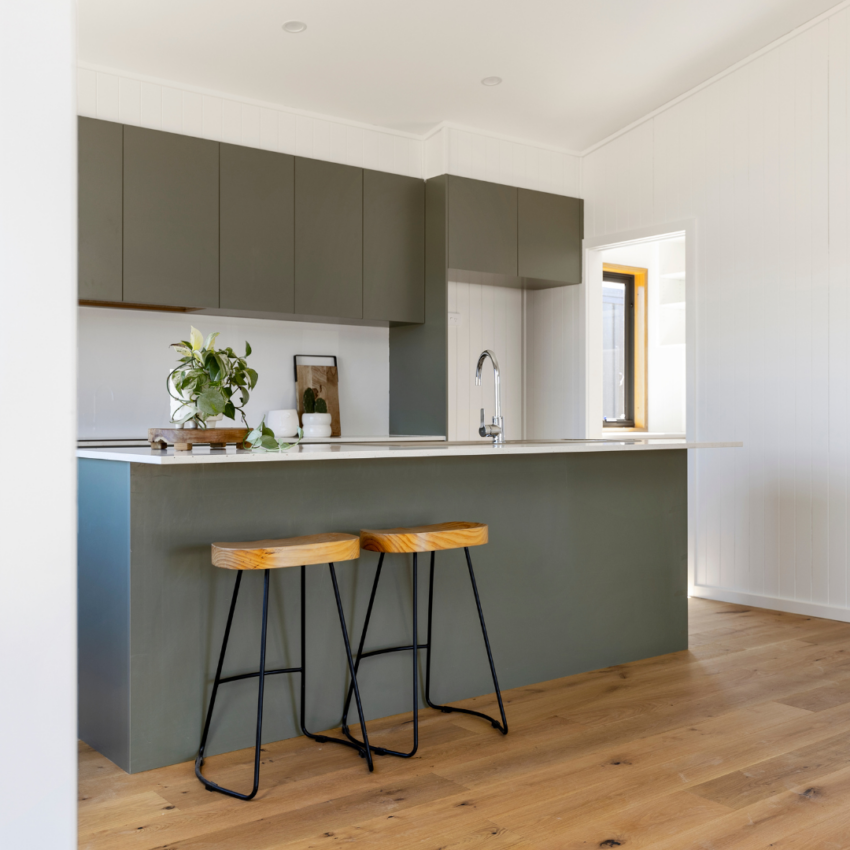With the rise of sustainable living, many people are exploring ways to reduce their environmental impact and lower their energy bills. Two common approaches are net-zero homes and off-the-grid homes—but are they the same thing? Not quite! While they share similarities, key differences set them apart. Let’s break it down. What Is a Net-Zero Home? …
With the rise of sustainable living, many people are exploring ways to reduce their environmental impact and lower their energy bills. Two common approaches are net-zero homes and off-the-grid homes—but are they the same thing? Not quite! While they share similarities, key differences set them apart. Let’s break it down.
What Is a Net-Zero Home?
A net-zero home is designed to produce as much energy as it consumes over the course of a year. These homes are typically connected to the electrical grid but rely on energy-efficient design and renewable energy sources to balance their usage.
Key Features of a Net-Zero Home:
✔ High Insulation & Airtight Construction – Reduces energy loss and maintains indoor temperature efficiently.
✔ Energy-Efficient Windows & Doors – Prevents drafts and enhances thermal performance.
✔ Renewable Energy Sources (Solar, Wind, Batteries) – Generates electricity to offset usage.
✔ Efficient Heating & Cooling (Heat Pumps, Passive Design) – Minimises energy consumption.
✔ Water Conservation & Sustainable Materials – Uses rainwater collection, greywater recycling, and eco-friendly materials.
What Is an Off-the-Grid Home?
An off-the-grid home is completely disconnected from public utilities, meaning it generates and stores all its own energy, water, and waste management. These homes require self-sufficiency in all areas, not just energy.
Key Features of an Off-the-Grid Home:
✔ Independent Power Generation (Solar, Wind, Hydro) – No reliance on the electrical grid.
✔ Battery Storage & Backup Systems – Stores excess power for nighttime or cloudy days.
✔ Water Collection & Filtration – Rainwater harvesting, well water, or desalination systems.
✔ Composting Toilets & Septic Systems – Handles waste without public sewage.
✔ Backup Generators (Optional) – Provides extra power when renewable sources are insufficient.
Is an Off-the-Grid Home Automatically Net Zero?
Not necessarily! While an off-grid home produces its own energy, it doesn’t always achieve net-zero energy consumption.
💡 A net-zero home balances energy production and use, often with the help of grid connectivity to send or receive energy when needed. 💡 An off-grid home must rely entirely on its own power sources. If it uses a generator or burns fuel for backup power, it may not be truly net zero.
Which One Is Right for You?
Choosing between a net-zero and an off-the-grid home depends on your lifestyle, location, and sustainability goals.
- If you want lower energy bills and grid support when needed, a net-zero home is a great option.
- If you want total self-sufficiency and freedom from public utilities, an off-the-grid home is the way to go.
With the growing interest in sustainable housing, many prefab and eco-friendly home builders (like the ones I work with!) are incorporating net-zero principles into their designs. Whether you’re looking for energy efficiency or complete independence, there are plenty of ways to build a home that aligns with your values.
Be the first to read my stories
Get Inspired by the World of Interior Design
Thank you for subscribing to the newsletter.
Oops. Something went wrong. Please try again later.






